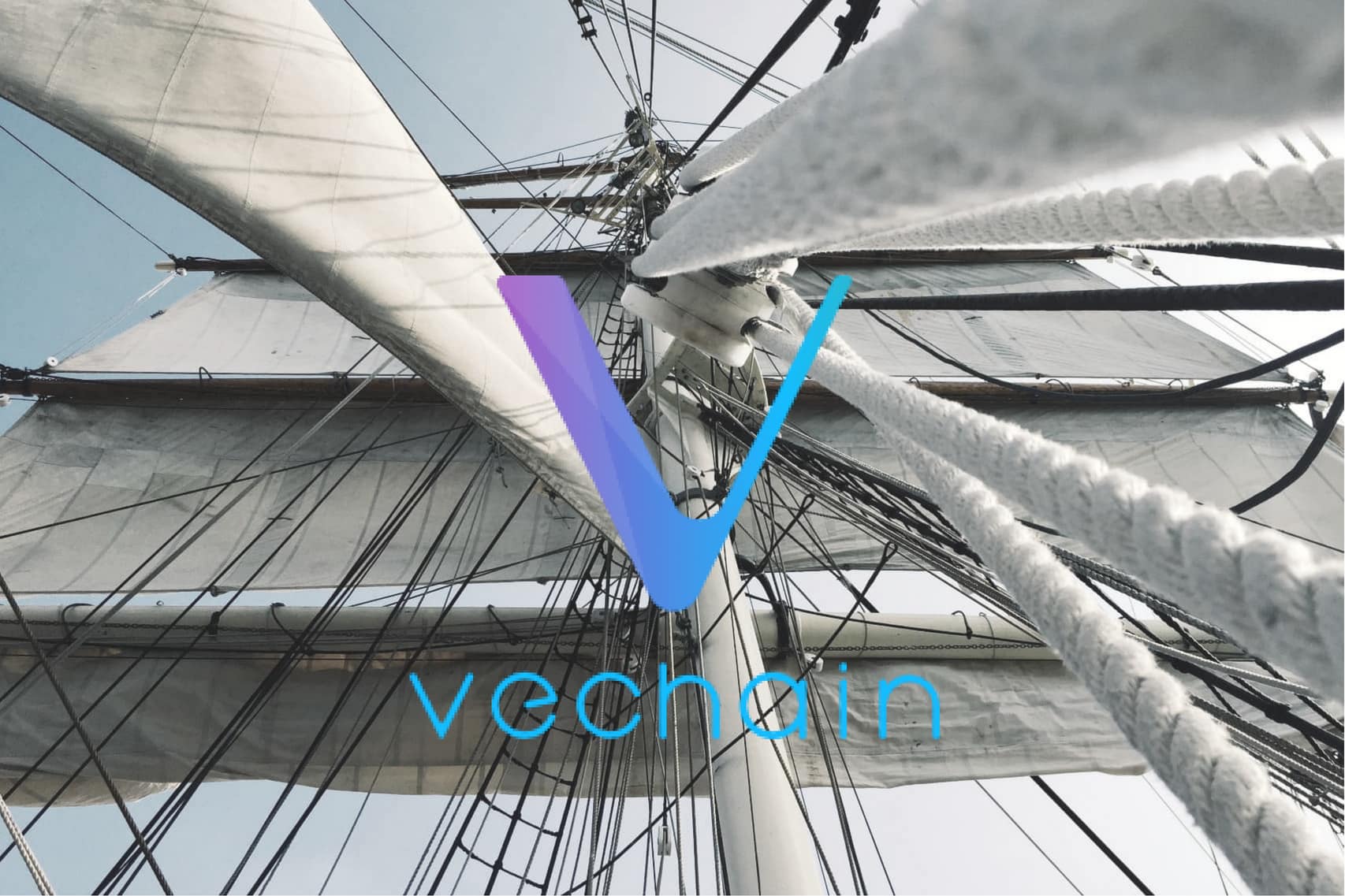If all goes as planned, VeChain’s mainnet will go live on Saturday, June 30, as the first masternodes go online and form the genesis block. In preparation for the token swap, a snapshot will record the location of VEN tokens on the Ethereum blockchain.
July 9, a week later, is the scheduled release of the VeChain Thor wallet client. Two weeks after the network goes online, the token swap will begin. Trading of VEN will pause on exchanges during the transition.
The VeChainThor Blockchain is days away from being unleashed. Please review the following timeline and be prepared to witness Blockchain X! pic.twitter.com/kxlQkcc6PI
— VeChain Foundation (@vechainofficial) June 21, 2018
The VeChain team has an effective tokenomics model and is keenly aware of the important role of psychology in affecting token value and functionality. This may have contributed to the decision to split VEN tokens 100-fold during the swap.
For every 1 VEN, owners will receive 100 VET after the swap. Owners of VEN must store their tokens in a trackable ERC-20 wallet (MyEtherWallet, for example). Alternately, a number of exchanges, including Binance, Huobi, and Kucoin have announced support for the VeChain token swap.
Potential Impact of Mainnet Launch
The launch of a mainnet is a critical step in the development of a blockchain platform. Ultimately, the success of an application platform will depend on the quality and quantity of the projects based on that mainnet.
The overall success of a mainnet launch can affect public confidence in a project. This in turn could be a major factor in the decision by enterprises and developers to develop (or not develop) on top of a given platform.
EOS, a prominent blockchain platform whose mainnet launched earlier this month, experienced some drama in the run-up to its mainnet launch, including the discovery of multiple security vulnerabilities. To some extent, however, bugs are a normal part of any software launch, and EOS token prices were resilient in the face of the news. EOS experienced a rally shortly after the successful mainnet launch.
It appears that the team behind VeChain is keen to avoid such issues. VeChain has partnered with a number of firms that are conducting comprehensive security checks in advance of the launch.
A mainnet launch can also have short-term effects on token prices. Qtum, for example, saw a 60% price rally in anticipation of their mainnet release. Tron’s mainnet recently went live, however, without any significant price increase.
Staking and Long Term Prospects
The successful launch of the mainnet will likely add credence to the voices in the crypto community that believe VeChain is still undervalued.
Once the mainnet goes live, stakers will be able to collect THOR tokens. THOR is a counterpart to VET that powers the VeChain network and is comparable to NEO’s GAS.
With its extensive network of partnerships, VeChain has been noted for weathering market downtrends better than other coins. VeChain’s concrete, long-term value propositions stand out among its competitors.
VeChain also has an extensive and highly incentivized staking structure. Considering the positive long-term outlook and potentially lucrative staking structure, we may see upward pressure on VET after a successful mainnet launch. Once staking nodes start to produce income, potential stakers seeking to round out their holdings may drive demand for tokens.
For the time being, however, the bear market doesn’t seem to be sparing VeChain. Time will tell if a successful mainnet launch will be enough to buck the trend. In any case, VeChain still stands out for its strong fundamentals, a quality that the mainnet launch will most likely serve to enhance.
Related: Top 6 Mainnet Launches To Look Forward To In May and June 2018

